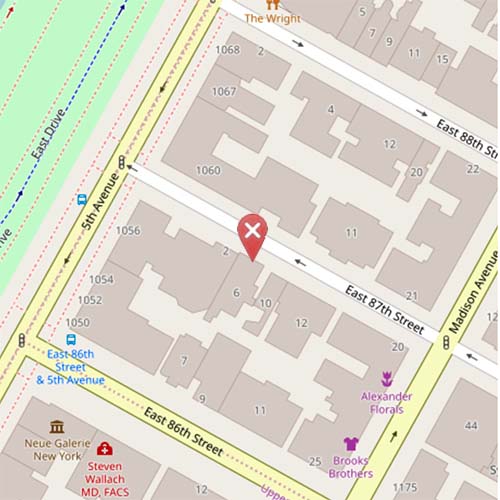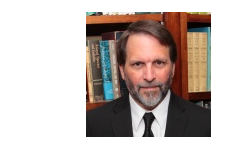
Dr. Bryan D. Watts – 2025 Annual Meeting
Tuesday, March 11, 2025
147th Annual Meeting
Open only to members and their guests
invitations have been emailed. You can also click here to register online for the pre-meeting reception, meeting-only, or just raffle tickets (LSNY will ask for your membership portal password). Or click here to download the registration form with mail-in instructions.
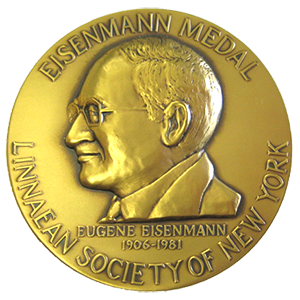
Eisenmann Medalist Lecture
Eagles of the Chesapeake
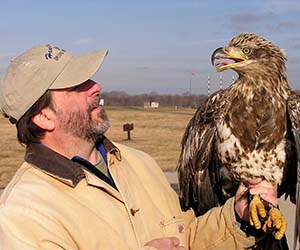
The Chesapeake Bay bald eagle breeding population has recovered from fewer than 80 breeding pairs during the early 1970s to more than 3,000 breeding pairs today. We have monitored the Virginia portion of the population for more than 60 years. Information from the survey and many associated projects has painted a magnificent ecological portrait of this iconic species. I will talk about the unique character of the Chesapeake Bay, the recovery of the bald eagle population and how the ecology of the population has shifted over time. I will also talk about the incredible contributions that amateur naturalists have made to the ongoing conservation of eagles and several other species throughout the Western Hemisphere.
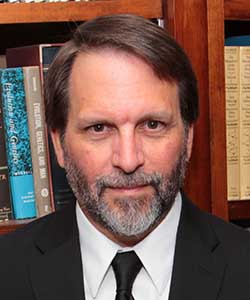
Dr Bryan D. Watts is the Mitchell A. Byrd Professor of Conservation Biology and Director of The Center for Conservation Biology at William & Mary. The author of more than 600 publications on avian ecology and conservation, Watts has studied birds since early childhood. His ongoing work uses ecological principles and a wide range of research techniques to solve conservation problems for species of concern throughout the Western Hemisphere. He has worked with eagles in the Chesapeake Bay since 1990.


